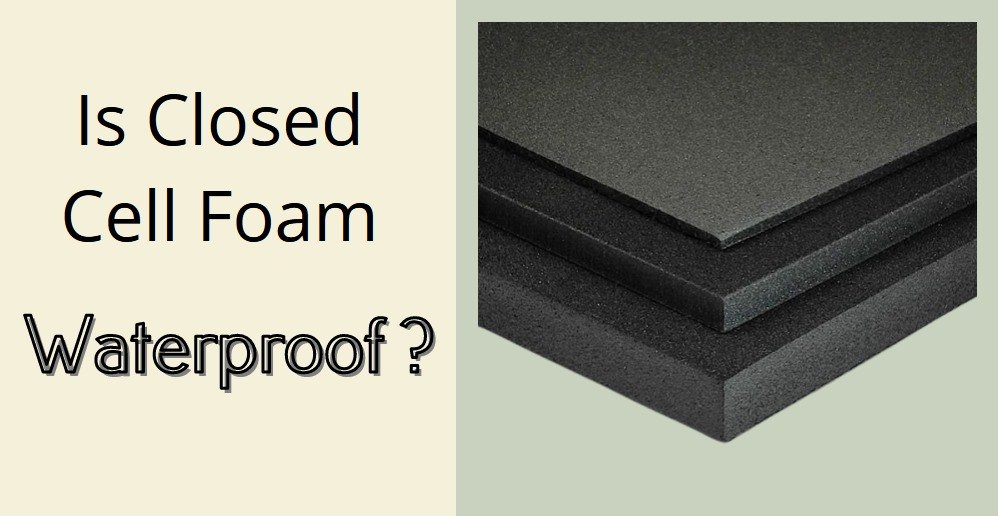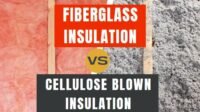On the market, types of insulation like spray-on foam are popular options. This material mainly comes in two forms: open-cell spray foam and closed-cell spray foam insulation, each with distinct characteristics. Each has its own characteristics, benefits, and drawbacks.
Below, you will specifically read about closed foam and get your questions answered, such as what this particular material is or whether closed cell foam is waterproof. Continue reading to find out.
What Is Closed Cell Foam
Spray-on foam insulation is made by entrapping gas within a liquid, giving heat and pressure to transform it into a solid form. Depending on its type, the foam can carry a lot of beneficial characteristics, such as sound deadening, shock absorption, surface cushioning, and many more.

As you inspect the foam closely, you’ll notice it consists of tiny bubbles. In closed-cell foam insulation, these bubbles are not interconnected, with each bubble containing a minuscule pocket of gas, making it a high-quality and durable type of spray foam.
Compared to the open cell foam type, the bubbles are tinier in size and more densely packed. This results in a more suitable and durable nature for heavy-duty usage purposes.
Read also: Best Insulation for Crawl Space With Dirt Floor
You can find many types of closed-cell spray foam insulation, each with different properties and purposes, distinguishing it from its open-cell counterpart. Below are four of the most commonly available types:
- Polyurethane foam
Polyurethane foam is among the most widely available category of closed foams. It has the characteristics of being extremely stiff. It tends to maintain shape well, but it can also crumble. Depending on the production process, it may come in a different texture. In the industry, it is used for packaging, knee pads, etc.
- Polyethylene foam
This type of closed foam is extremely versatile due to its water resistance and mildew/mold-proof. Usually, closed-cell polyethylene foam is used as sound or heat insulation, protection, or impact-dampening material.
This material is used for broadly varying purposes such as packaging components, water woggle, climbers’ crash pads, and marine safety & flotation devices.
- FloTex foam
In terms of rigidity, this foam is considered medium level. It has a rubbery texture and is used conveniently in the industry for various items such as boat cushions, camping pads, life preservers, and many more. It is a suitable material for marine applications as it has water-repelling characteristics.
- EVA foam
While it is quite firm, EVA foam material is slightly softer than polyurethane foam. It easily springs back to its original shape, making it ideal for different usages such as boating bumpers, sporting tools, helmets, shin guards, knee pads, hot tub insulation, and many other purposes.
Is Closed Cell Foam Waterproof
Compared to its open-cell spray foam counterpart, closed-cell foam insulation has far better water-resistant characteristics, often leading to the question of whether spray foam is waterproof. It is due to the material’s dense cell structure, resulting in a natural resilience towards moisture.
However, there is also a slight possibility that most types of materials clumped under the closed foams category will sometimes experience some water absorption.
If you are looking for a waterproof spray-on foam, opt for closed foams with the highest density in terms of cell structure. This type of foam is typically applied for water shields inside vehicles or door panels.
Having some questions regarding spray-on insulation foam, such as is closed cell foam is waterproof, is very normal, especially for those unfamiliar with the whole insulation material industry. Doing short and quick research regarding the topic can help to make a more sound, informed decision to achieve the desired results.


